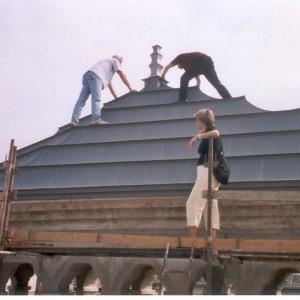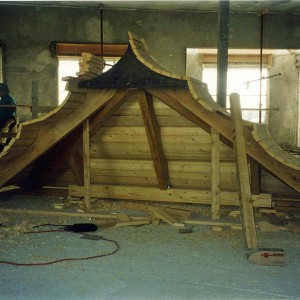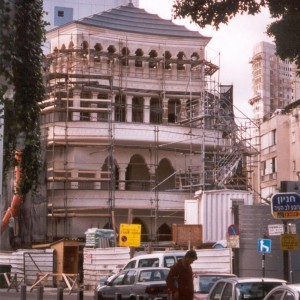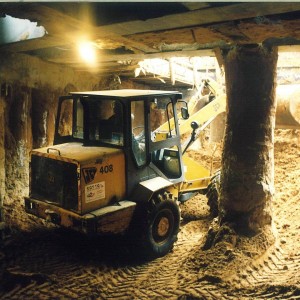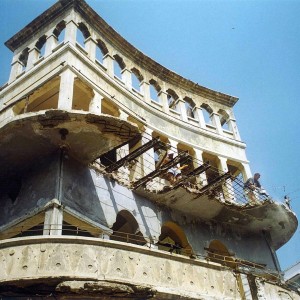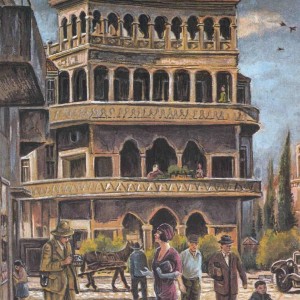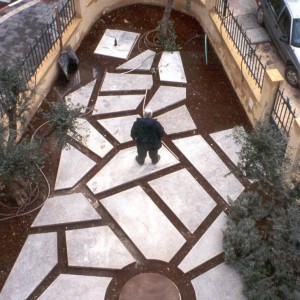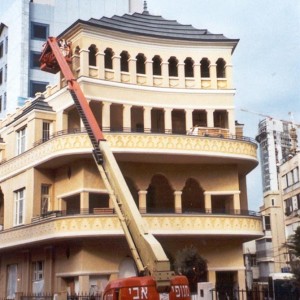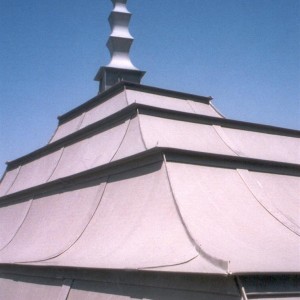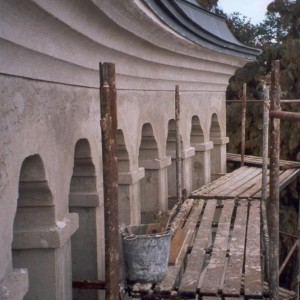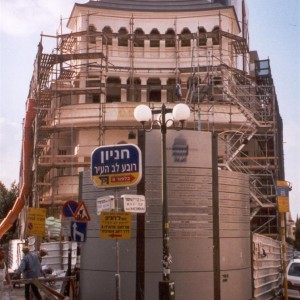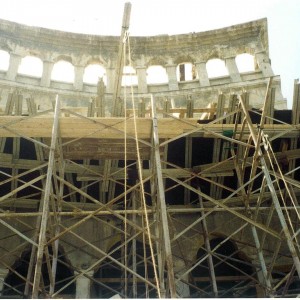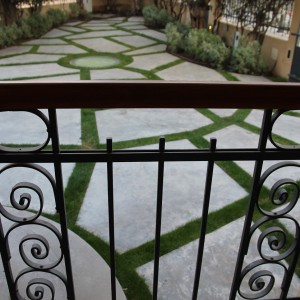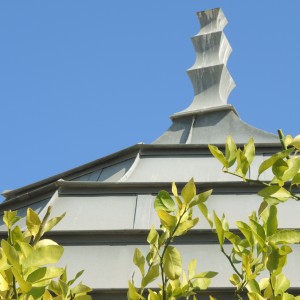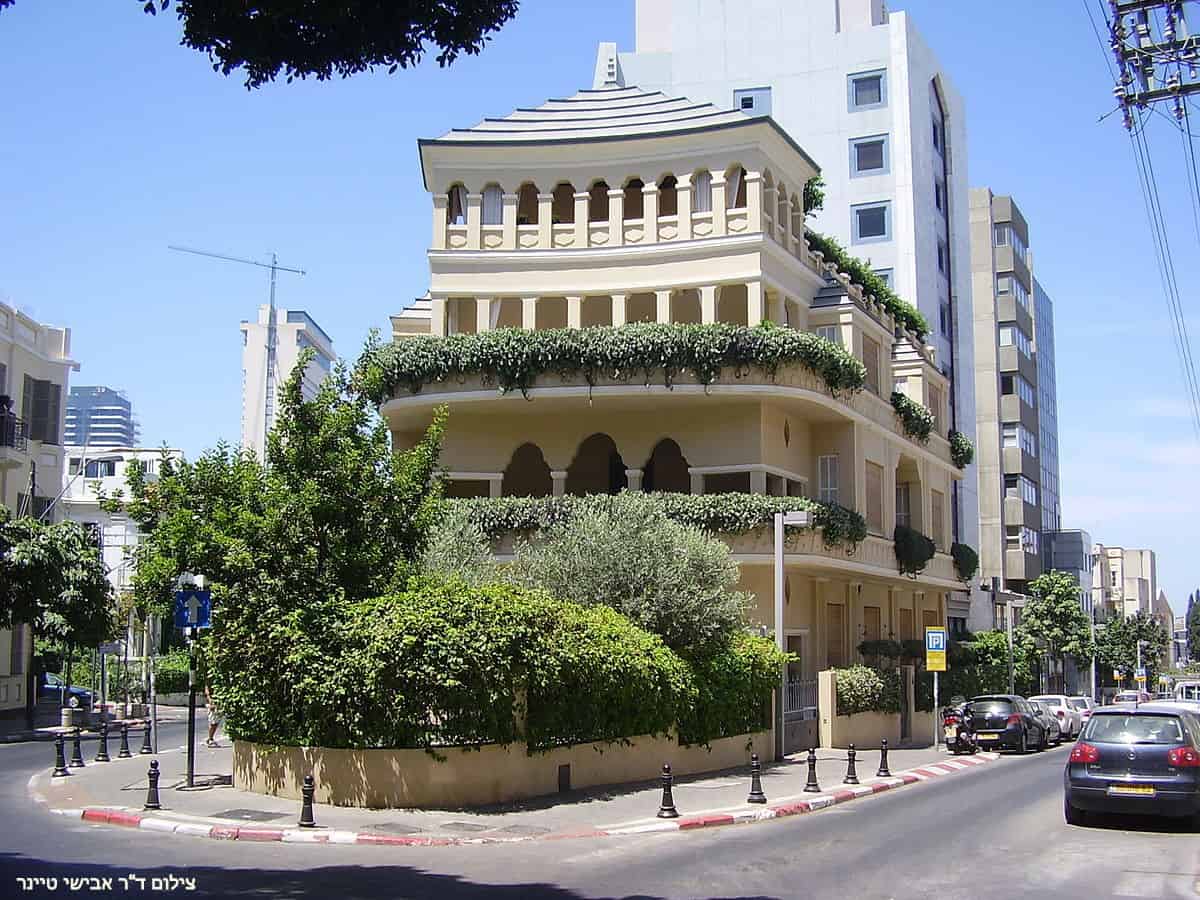
The building was used from the early 1940s through the 1980s for various residential, offices and commercial purposes. The building deteriorated over the years and was abandoned almost completely in the 1980s when it was declared a dangerous structure. It was later declared as an historic building and was faithfully restored to its original condition. The building was purchased in the mid ‘90s by Robert Weil who wanted to restore it to its original use – as an exclusive residence.
Through a localized change in the zoning plan, approval was given for the addition of a basement level that covered the entire lot and for construction of an outbuilding on the roof. The entire building was restored and preserved while faithfully maintaining the original facades.
The new basement was excavated under the existing building in a complex engineering operation. Today, the building is entirely supported by the basement roof. Superior preservation work was performed based on exacting European standards.
The work was performed by both local and European contractors while strictly attending to the precise restoration of its high level of finish. The building is now equipped with some of the most highly advanced electromechanical and command-and-control systems.
The building facades were renovated and its electromechanical systems were upgraded in 2016-17.
The Municipality of Tel Aviv views the restoration and renovation of the Pagoda House as one of its top preservation achievements.



